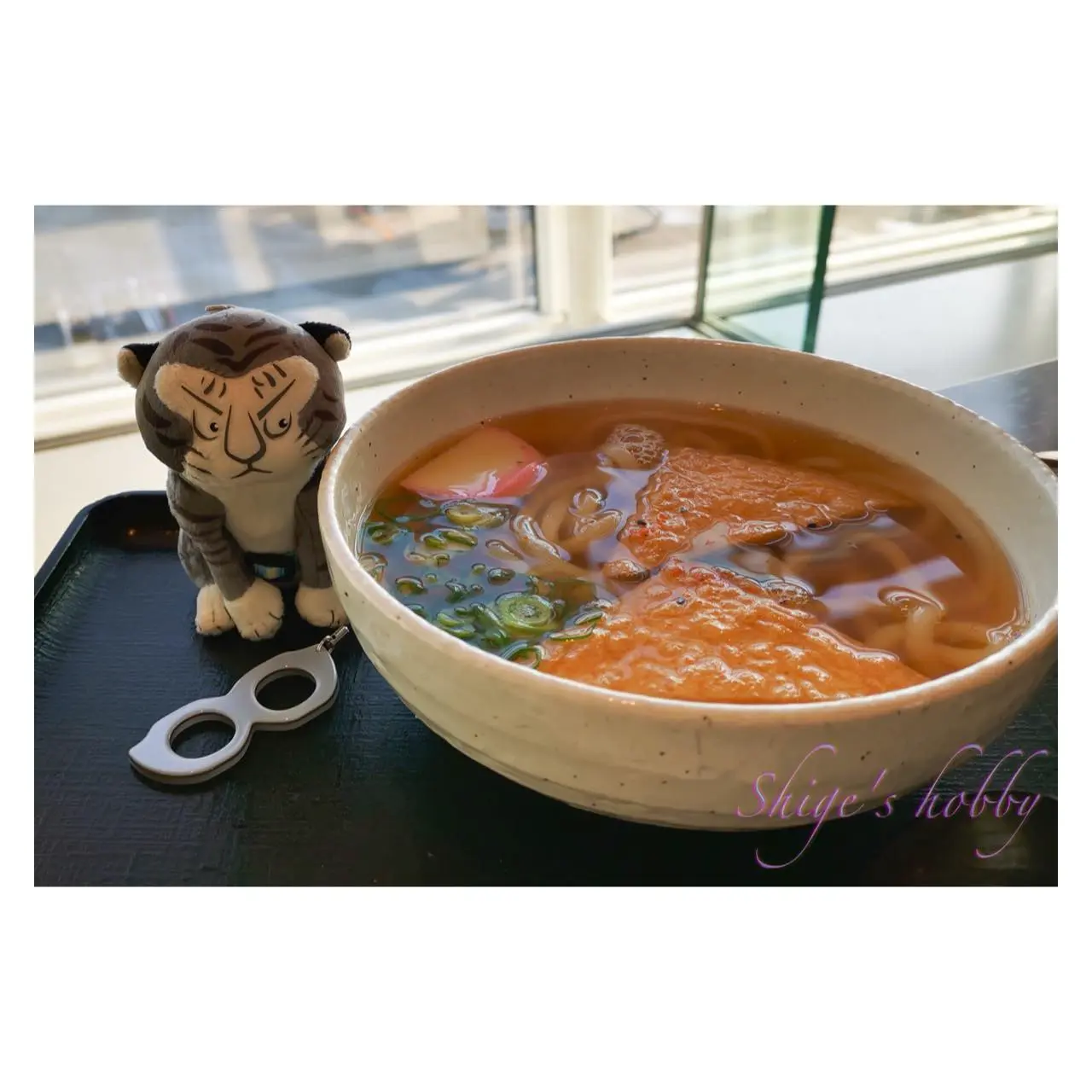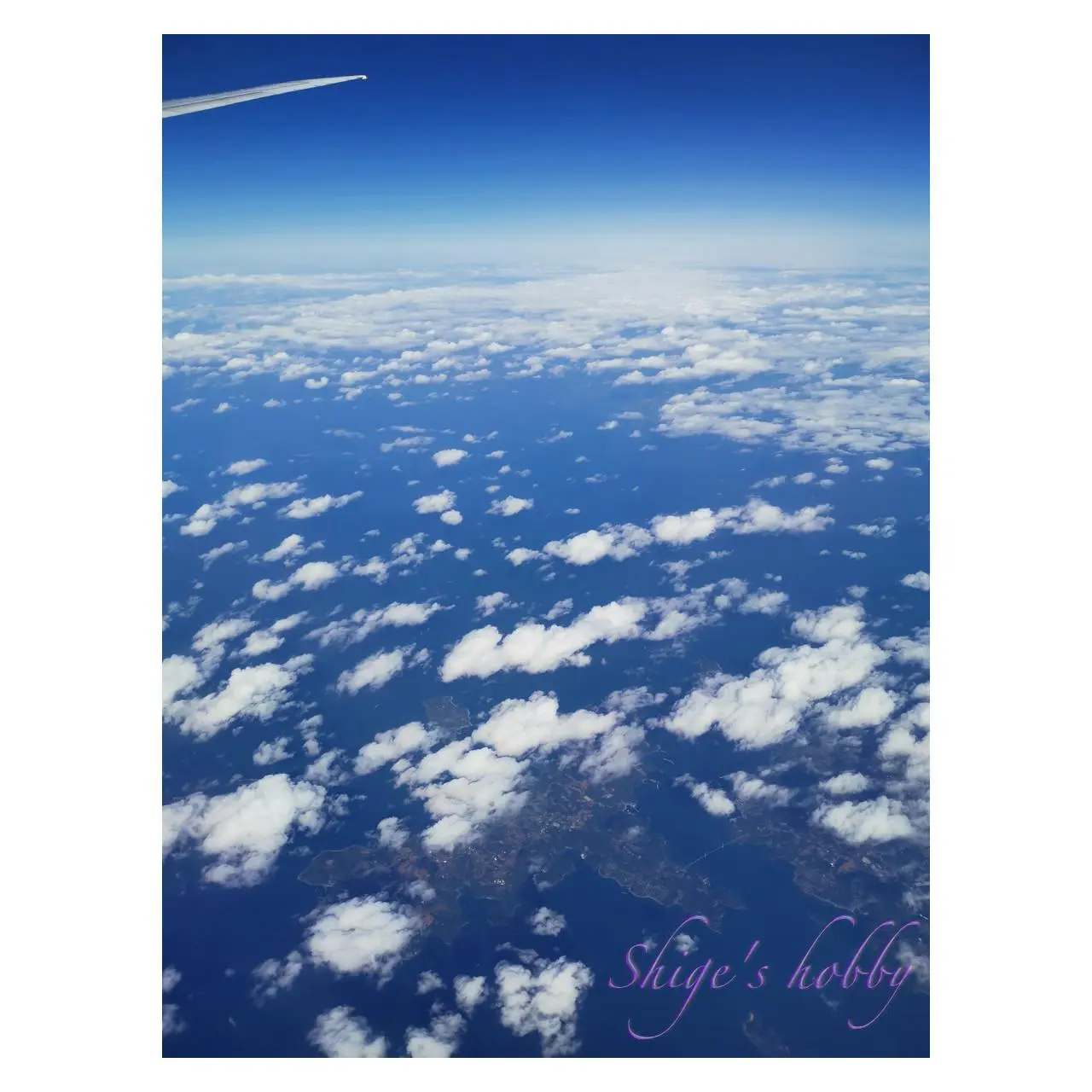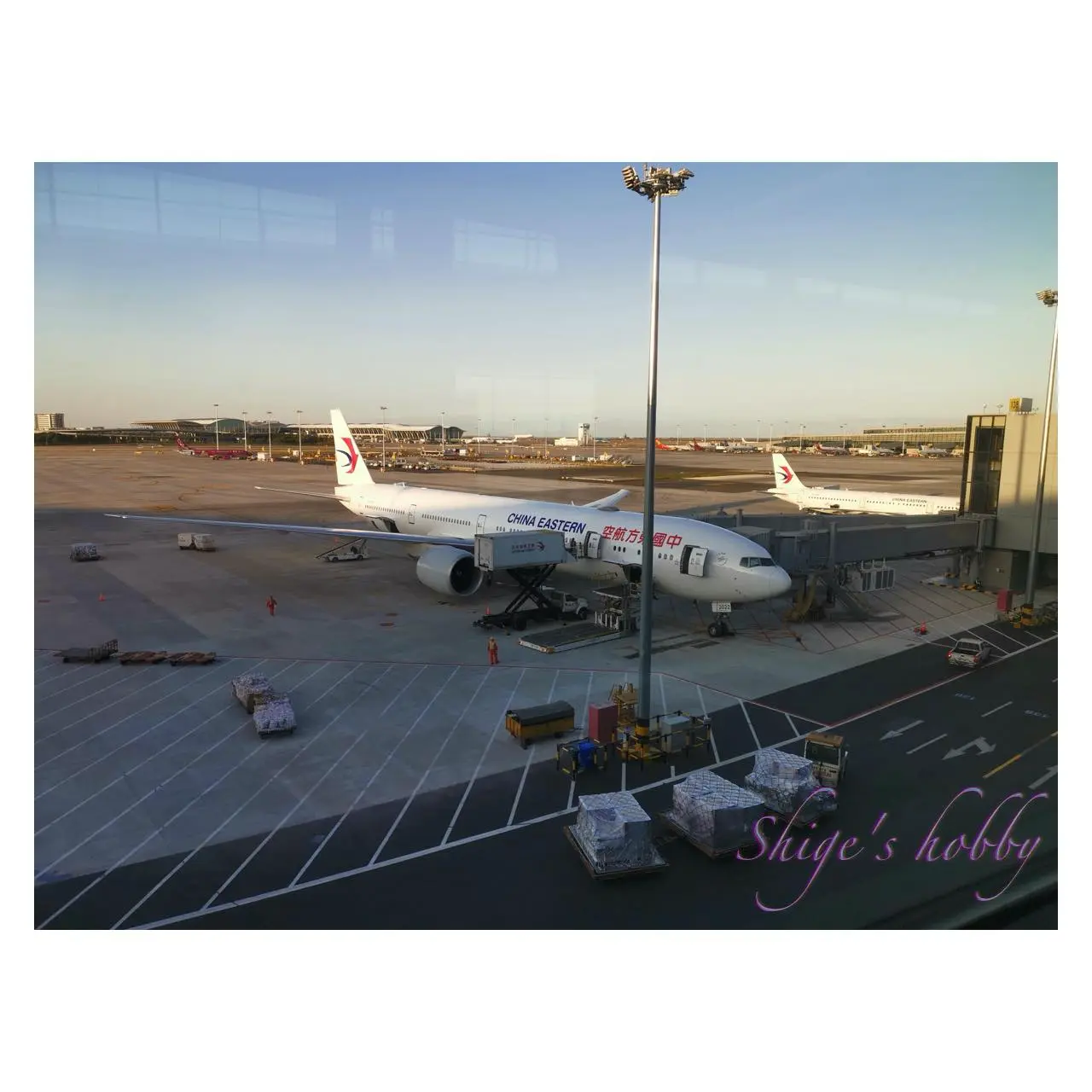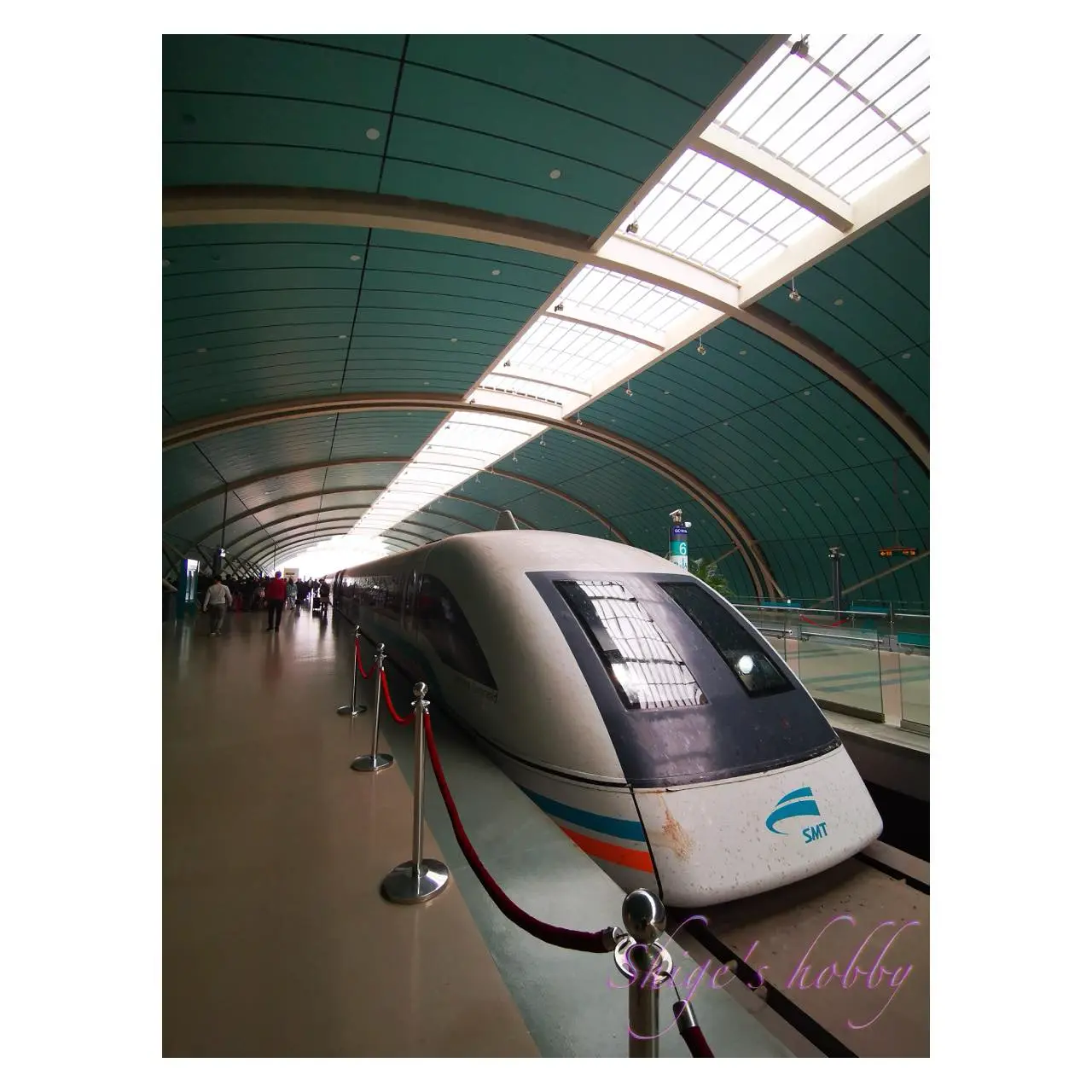Last updated on 2025-11-11
A record of a visit to China and viewing the art during the “Shanghai Urban Space Art Season 2019” held in Shanghai, China in 2019.
- Please see the disclaimer regarding advertising here.
- Italicized links in the text are advertisement links that take you to other sites.
Table of contents
Exhibition Overview
- Title: Wildness Growing Up in the City
- Artist: Yusuke Asai
- Size: 225m x 15m
- Exhibition Name: “Shanghai Urban Space Art Season 2019”
- Location: Yangpu Waterfront Area, Huangpu District
- Production Period: August–September 2019
- Open to the Public: September 29–November 30, 2019. Afterward, the work will remain as public art.
Viewing record
“Wildness Growing Up in the City” is a large 225m x 15m artwork created by cutting the same material as the white lines on the road into random shapes and burning them into the asphalt and concrete. Its existence can be found on Google Maps. The artist has also created works in Japan, with works remaining throughout the country, including Tokyo, Osaka, Shizuoka, Nagasaki, and Aomori.
“Wildness Growing Up in the City,” created in Shanghai, is a culmination of his work and is his largest white line drawing.
The nearest station to the artwork is Yangshupu Road Station on Shanghai Subway Line 4. Head west along Yangshupu Road toward Yangpu Bridge on foot or by bus. “Wildness Growing Up in the City” is located near the World Museum of Skills, just before the Yangpu Bridge over the Huangpu River.
Look for the orange container crane. The artwork stretches 200m along the quay, making it easy to spot when you’re nearby. In 2019, the work was lit up at night, making for an interesting sight.
There was an art festival going on when I visited in 2019, so there was a map of the works on site, making it easy to find Asai’s work, but now that it’s a public artwork, there may not be any signs.
I’ve included information about how to get to the artwork in my travel log, so please refer to it.
As I was photographing the work, an elderly man nearby spoke to me with a warm smile. I didn’t understand exactly what he said, but it was something along the lines of, “I often come to see this work. Where are you from?” The elderly man’s smiling face made it clear that he had an affinity for the work.
Gallery
Movement Record
In mid-October 2019, I had the choice of whether to go to China or deal with another matter in Japan, and after some thought, I decided that going to China might not be a bad idea, so I departed from Narita for Shanghai on November 4th.
For my flight from Narita to Shanghai, I chose China Eastern Airlines, a popular choice among budget travelers. The reason is simple: it’s cheaper than domestic carriers. When I’m on a plane, I think that if something happens, that’s it.
My flight was fairly early in the morning, so I checked in and had breakfast at Haneda Airport. As expected, I ended up eating Japanese food.


It takes about three and a half hours to fly from Haneda to Shanghai Pudong International Airport, about the same amount of time it takes to travel from Tokyo to Hiroshima by Shinkansen.
My flight from Haneda arrived at Shanghai airport without incident.
I arrived in Shanghai in the early afternoon, had lunch at the airport’s KFC, exchanged some money, and then headed for my destination of the day, Yangpu Port, home of the Shanghai Urban Space Art Season 2019.
To get to Yangpu Port, I first headed for Century Avenue Station, a transfer station where multiple lines connect.
To get to Century Avenue Station from the airport, I took the direct subway line 2, which doesn’t take long.
Another option, although more roundabout and expensive, was to use the linear motor car (Shanghai Transpid) that departs from the airport. Since I’d come all the way to Shanghai, I decided to give it a try. This line does not go directly to Century Avenue Station, so I took it to the last stop, Longyang Road Station, which is about a 7-minute ride away, and changed to the subway.
From Longyang Road Station, I took Subway Line 2 to Century Avenue Station, three stops away, then changed to Subway Line 4, two stops away, at Yangshupu Road Station, which is the nearest station. It was about a 20-minute walk from Yangshupu Road Station to my destination, Yangpu Port.
Since Google Maps is useless in China, I put a prepaid SIM card and Baidu Maps on my throwaway smartphone. This combination made it easy to use bus routes within China, so from the second day onwards I traveled by bus more often.


On the subway, a uniformed police officer asked for my passport. He asked in Chinese, and although I roughly understood what he was trying to say, when I said “in English,” he asked me in English. I always carry my passport with me, so I was released without any problems, but I was worried that leaving it at the hotel might cause trouble.
- The travel history is from 2019, so if you are heading there, please make sure to collect the latest information.
- Also, these days in China, payment is mainly done through apps, and there are few places that accept cash or credit cards, so you need to be careful about how you pay when traveling or entering places.
Reference links
- Shanghai Urban Space Art Festival 2019 “Wildness growing up in the city”
- SUSAS2019・Yusuke Asai Works
- Yusuke Asai Youtube interview
- Appearance of the work on Google Maps
Photo equipment
- LEICA M10
- REIROAL 1.4/35
- Elmarit-M 2.8/28 1st
- Vario-Prazma 1.5/50
- Mate 20Pro
Affiliate links
- Please see the disclaimer regarding advertising here.
- Italicized links in the text are advertisement links that take you to other sites.
- Yusuke Asai・Ads by ebay

更新履歴
- 2025.7.31


![[商品価格に関しましては、リンクが作成された時点と現時点で情報が変更されている場合がございます。] [商品価格に関しましては、リンクが作成された時点と現時点で情報が変更されている場合がございます。]](https://hbb.afl.rakuten.co.jp/hgb/097bf1c4.db4c24c1.097bf1c5.1612004a/?me_id=1213310&item_id=18270046&pc=https%3A%2F%2Fthumbnail.image.rakuten.co.jp%2F%400_mall%2Fbook%2Fcabinet%2F6041%2F9784763016041.jpg%3F_ex%3D100x100&s=100x100&t=picttext)
Be First to Comment